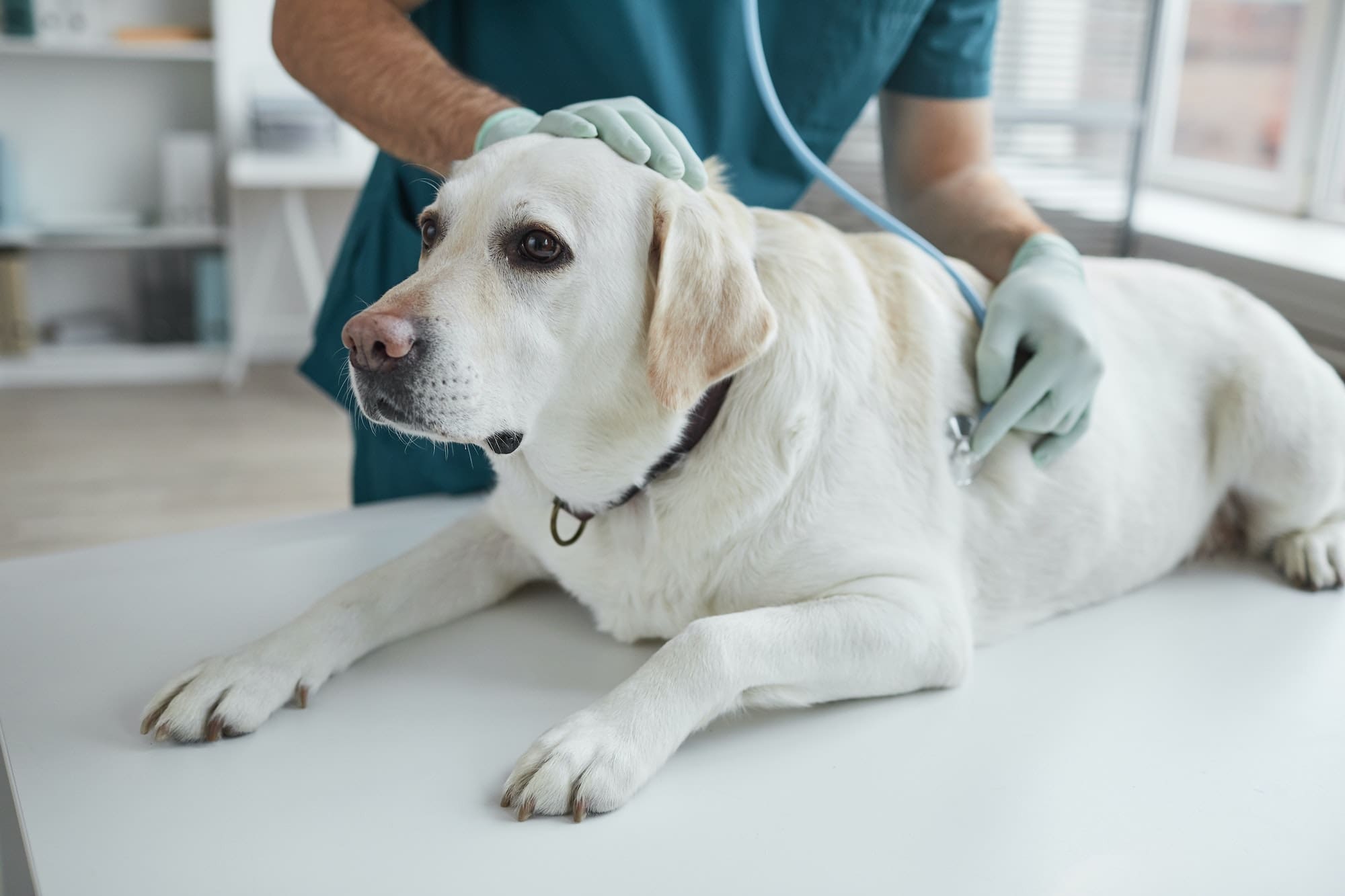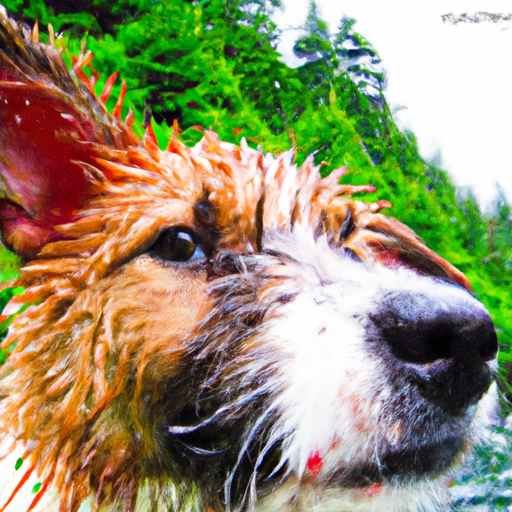So, you've decided to spay or neuter your pet, and now you want to make sure you're fully prepared for the big day. Well, look no further because this article is here to help! In this comprehensive guide, we will walk you through everything you need to know about preparing for spaying or neutering, from understanding the procedure and its benefits to getting your furry friend ready both physically and mentally. By the end of this article, you'll have all the tools and knowledge necessary to ensure a smooth and successful experience for both you and your beloved companion.
Choosing the right veterinarian
When it comes to preparing for your pet's spaying or neutering procedure, one of the most important steps is to choose the right veterinarian. This is the person who will be entrusted with the care and well-being of your beloved furry friend during this important time. Begin your journey by researching local veterinarians. Take the time to look into their qualifications, experience, and reputation within the community. You want to find a vet who specializes in spaying and neutering procedures and has plenty of experience under their belt. Reading reviews and asking for recommendations from friends or family who have already gone through this process can also give you valuable insights into finding the perfect veterinarian for your pet.
Scheduling the procedure
Once you have found the veterinarian you feel confident in, it's time to schedule the spaying or neutering procedure. Start by consulting with the veterinarian to discuss the details of the surgery. They will be able to answer any questions or concerns you may have and provide you with specific instructions to follow before the day of the procedure. One important factor to consider is the appropriate age for your pet to undergo this surgery. While every pet is different, it is generally recommended to have the procedure done between the ages of six and nine months. Your veterinarian will be able to guide you on the best timing for your pet's specific needs. Additionally, make sure to make any necessary arrangements such as taking time off work to be available for the procedure and recovery period.
Understanding the pre-surgical instructions
Before your pet's surgery, there are some important pre-surgical instructions that you need to be aware of. One of these instructions may involve fasting your pet for a certain period of time prior to the procedure. This is to ensure that their stomach is empty during the surgery, reducing the risk of complications. Your veterinarian will provide specific guidelines on how long to fast your pet before the procedure. Additionally, your vet may advise you to administer medication to your pet in the days leading up to the surgery. This could include pain medication or antibiotics to ensure a smooth and comfortable recovery. Lastly, bathing and grooming your pet before the surgery can help to maintain a clean and sanitary environment during and after the procedure.
Preparing the home environment
Creating a comfortable and safe recovery space for your pet within your home is essential for their post-operative care. Start by designating a cozy area where your pet can rest undisturbed. This space should be quiet and away from heavy foot traffic. It's also important to remove any hazards or obstacles that could pose a risk to your pet's well-being. Ensure that there are no small objects, loose wires, or toxic plants within reach. In addition to removing hazards, make sure to provide necessary supplies such as a comfortable bed or blanket, food and water dishes, and litter boxes for cats. These items should be easily accessible for your pet, allowing them to rest and recover in a stress-free environment.
Ensuring a safe transportation
Transporting your pet to and from the veterinary clinic in a safe and secure manner is crucial. To ensure a safe journey, choose a suitable carrier that is appropriate for the size and breed of your pet. The carrier should provide enough space for your pet to comfortably turn around and lay down. It should also have proper ventilation and secure latches to prevent any escapes. Before the journey, make sure to secure the carrier properly in your vehicle. This will prevent any unnecessary movement and ensure your pet's safety. Additionally, preparing the vehicle for the journey by adjusting the temperature and minimizing loud noises can help to reduce stress and anxiety for your pet during transportation.
Preparing mentally and emotionally
Preparing for your pet's spaying or neutering procedure involves not only physical preparations but also emotional ones. Educate yourself about the procedure by researching and understanding the details of what will happen during the surgery. This will help alleviate any concerns or fears you may have. It's important to remember that spaying and neutering procedures have numerous benefits for your pet's health and behavior. Understanding these benefits can reinforce your decision and provide peace of mind. Seek support from friends or family who have gone through the same experience. Share your thoughts and feelings, and listen to their stories and advice. Having a support system can help you stay positive and confident throughout the process.
Financial considerations
Before the surgery, it's crucial to consider the financial aspects of the procedure. Research the cost of spaying or neutering in your area to get an idea of what to expect. Prices can vary depending on the veterinarian, location, and other factors. It's also important to explore available payment options. Some veterinarians may offer payment plans or financing options to help manage the cost. Additionally, considering pet insurance can provide financial protection in case of unexpected complications or follow-up care. Look into different pet insurance plans and determine if it is a feasible option for you and your pet's needs.
Arranging for post-operative care
After the spaying or neutering procedure, your pet will require specific care during the recovery period. Discuss pain management options with your veterinarian to ensure your pet is comfortable and pain-free during this time. They may prescribe pain medication or suggest alternative forms of pain relief. Additionally, it's important to prepare for the recovery period by providing a quiet and comfortable space for your pet to rest. Follow the veterinarian's instructions regarding any necessary activity restrictions, feeding guidelines, and wound care. It's also important to plan for follow-up appointments to ensure your pet's progress is monitored and any concerns are addressed promptly.
Exploring potential risks and complications
While spaying and neutering procedures are generally safe, it's crucial to understand and be aware of potential risks and complications. Educate yourself about potential side effects that may occur after the surgery such as swelling, bruising, or lethargy. Your veterinarian will be able to provide you with a list of common side effects to look out for and what is considered normal. Anesthesia carries its own risks, so make sure to discuss this with your veterinarian and disclose any relevant medical history or concerns you may have. Lastly, it's important to know when to seek immediate veterinary help if you notice any unusual symptoms or behaviors in your pet during the recovery period. Being vigilant and proactive can help ensure your pet's safety and well-being.
Recovery and aftercare
Once your pet is back home after the procedure, it's important to provide a quiet and comfortable space for them to recover. Create a cozy area with their bed or blanket where they can rest undisturbed. Follow the veterinarian's instructions for administering any prescribed medications and monitor their progress closely. Gradually reintroduce normal activities such as feeding, exercise, and playtime according to the veterinarian's guidance. While each pet's recovery time may vary, providing a supportive and loving environment during this period will help your pet regain their strength and vitality.
Preparing for your pet's spaying or neutering procedure may seem overwhelming at first, but by following these comprehensive steps and guidelines, you can ensure that you are fully prepared for the process. Remember, choosing the right veterinarian, scheduling the procedure, understanding pre-surgical instructions, preparing the home environment, ensuring safe transportation, preparing mentally and emotionally, considering financial aspects, arranging for post-operative care, exploring potential risks, and providing proper recovery and aftercare are all essential components to make this experience as smooth and stress-free as possible for both you and your beloved furry companion.






